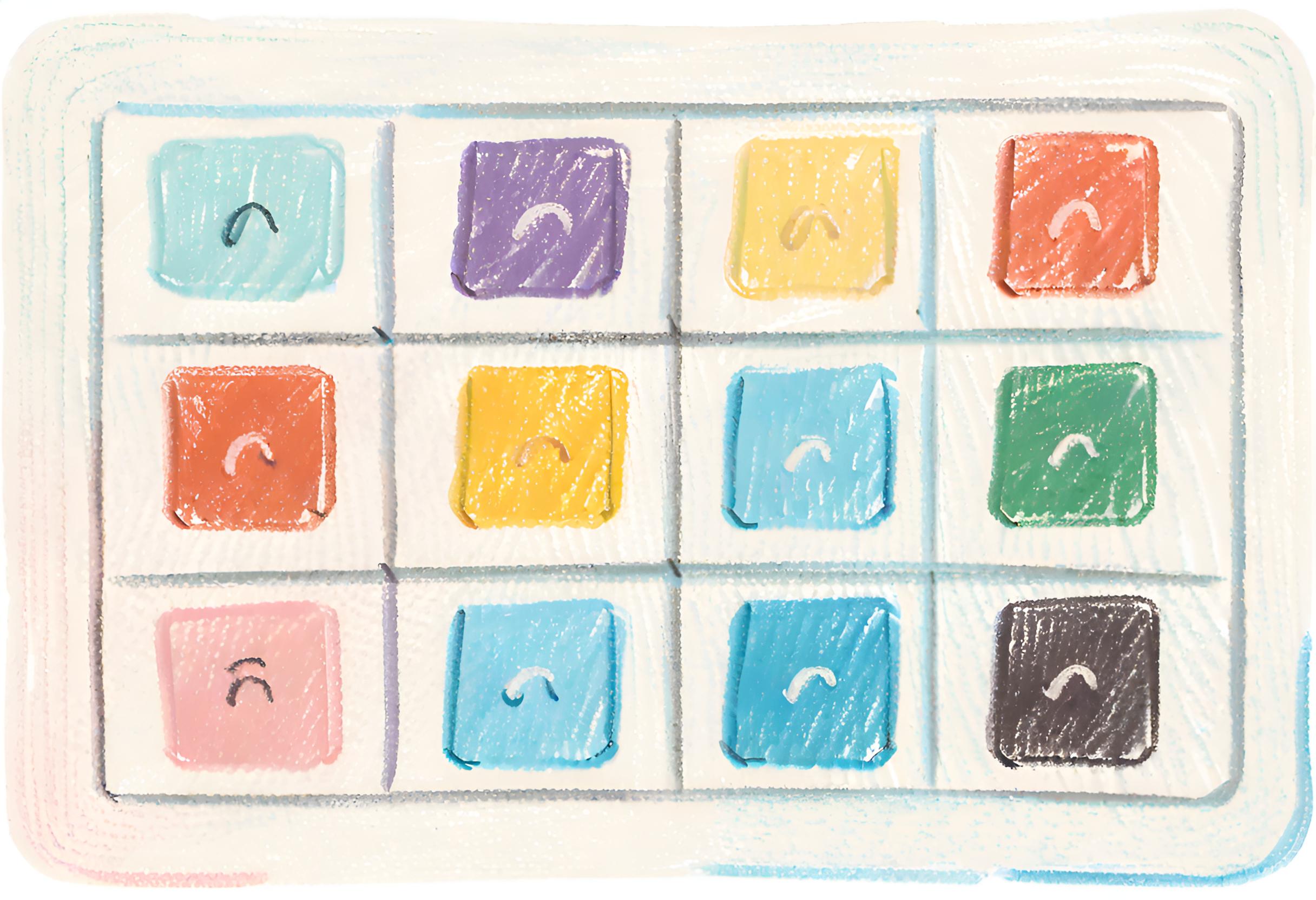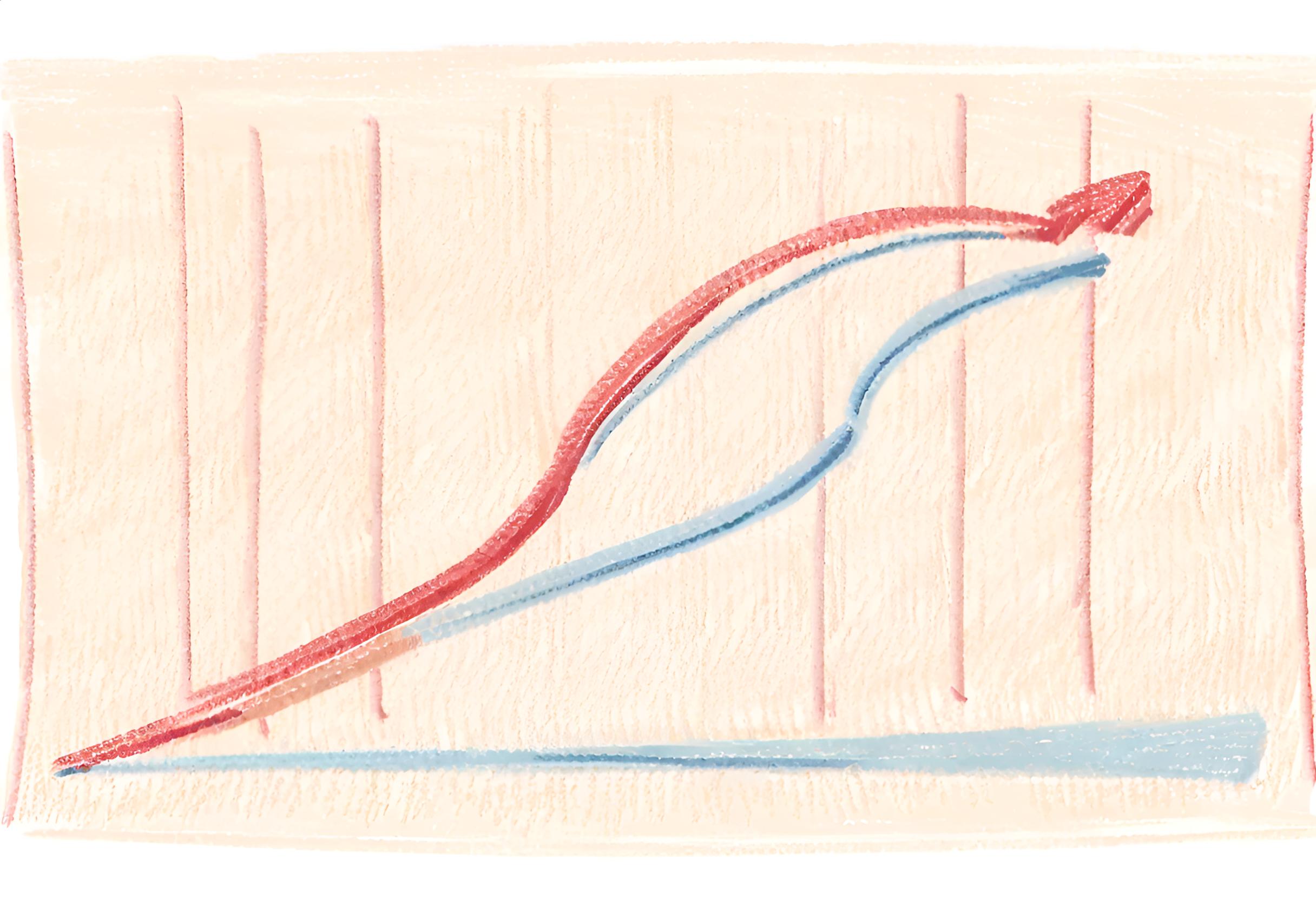Step 2. Curating the data
Overview
In order to explore the relationship between birthweight and other factors we are going to need some data. For this guided tutorial we will use data collected at Baystate Medical Center, Springfield, Massachusetts during 1986. This dataset has ten variables collected on 189 mother-baby pairs.
Careful data curation is essential to a successful health data science project. Relevant tasks include building a data dictionary and developing a data management plan. A data dictionary documents the meaning, source, and format for the variables in a dataset, and the relationship between different datasets. A data management plan defines how data will be stored and accessed throughout the research cycle, from creation and acquisition to usage, and disposal. A well-defined data management plan also addresses risks associated with data, including security and statistical disclosure control rules and algorithms to reduce the possibility of inadvertently revealing sensitive or private data about individuals whose data were used in the analysis.
Statistical disclosure control is the statistical science of minimising the risk of accidentally revealing personal or sensitive information about individuals, organisations or communities while maximising the utility of the research results derived from their data. This is important because most health data is private and highly sensitive, and preserving privacy is very important, while at the same time, the results of analyses usually need to be be made public or shared with a wider group.
You will learn about statistical disclosure control in the HDAT9400 Data Management & Curation course.

Documenting the available variables
Before analysing a dataset it is imperative to understand the available data and how it was collected. The list below defines the variables recorded in the birthweight dataset.
low indicator of birth weight less than 2.5 kg.
age mother’s age in years.
lwt mother’s weight in pounds at last menstrual period.
race mother’s race (1 = White, 2 = Black, 3 = Other).
smoke smoking status during pregnancy.
ptl number of previous premature labours.
ht history of hypertension.
ui presence of uterine irritability.
ftv number of physician visits during the first trimester.
bwt birth weight in grams.
Viewing the raw data
It can often be useful to examine the raw data to get a feel for how it is recorded and any data issues, such as missing data. Below we have printed the first six rows for the birthweight dataset. We can see we have different types of variables available. Some are dichotomous (1=yes/0=no responses) like the indicators for smoking and low birthweight. Some are continuous, like maternal age measured in years and birthweight measured in grams.
As a health data science student you will learn data wrangling skills and the day to day practicalities of data curation for sound data management in the courses HDAT9400 Data Management and Curation and HDAT9800 Visualisation and Communication of Health Data.
Data curation
Notice that the variable race is recorded numerically (1/2/3) rather than as a categorical variable. Looking back at the variable definitions above, we can see that 1 denotes the category White, 2 denotes the category Black and 3 denotes the category Other.
Note that these data are from the US. In Australia we usually don’t collect a data item about race specifically, but rather a number of data items relationing to individuals’ country of birth, the languages they speak at home, and whether they identify as Aboriginal and/or Torres Strait Islander peoples (also referred to as First Nations or Indigenous peoples).
We also use metric units such as kilograms, not old-fashioned imperial units such as pounds (lbs)!
If we want to edit a dataset we always do so programatically, i.e. by writing code that will perform the necessary steps. This ensures that any steps we take can always be reproduced. Studying Health Data Science at UNSW you will learn three popular programming languages: SAS, Python and R. There are big advantages to being a programming polyglot—different software packages are particularly good at solving certain kinds of problems. An overview of the software used in different courses is provided here.
Here we can write some R code to reformat the race variable from numeric to a labelled categorical variable. Note that you can click on the Code icon to reveal the underlying code.
Code
# Recode race from numeric to a labelled factor variable
birthwt$race <- factor(birthwt$race, levels=1:3, labels=c('White', 'Black', 'Other'))
# Print the table
datatable(birthwt, rownames=FALSE, options=list(pageLength=6))That looks better! Now the race variable reflects the underlying coding.
Test your understanding
Test your understanding by answering these questions based on the information and interactive table above.
Fill in the blank There is an outlier in the maternal age variable. The oldest mum was years old at the time of birth.

 Back to the main menu
Back to the main menu  Step 3. Exploring the data
Step 3. Exploring the data